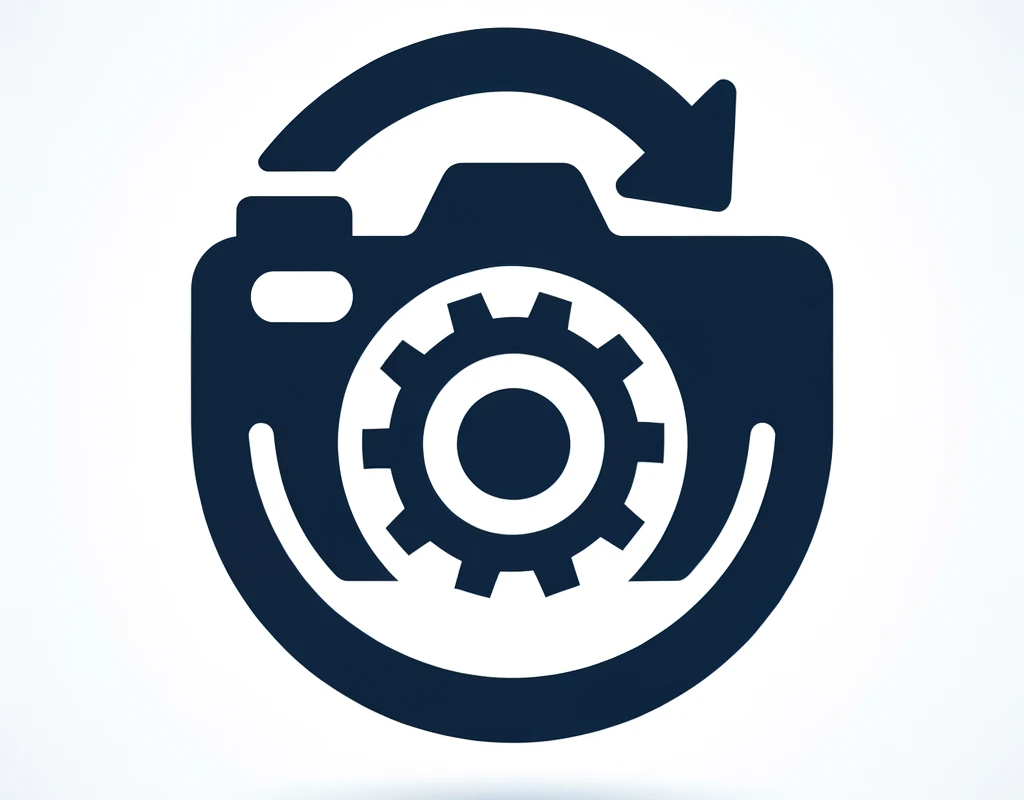Photography is not just about capturing smiles or sunsets; it's a blend of art and science, where understanding your equipment is as crucial as your creative eye. Today, we'll delve into the fascinating world of cameras, unraveling the mystery of how these incredible devices freeze moments in time.
The Magic Behind the Lens
Ever wondered what happens when you click that shutter button? It all starts with light. Cameras, at their core, are light-capturing devices. Light reflects off objects and enters the camera through the lens. This lens is the first hero of our story, focusing the light to create a clear image.
The Lens: Your Camera's Eye
Imagine the lens as your camera's eye, adjusting and refining the light it receives. Different lenses offer various perspectives, from wide-angle views to zoomed-in details. The type of lens you choose dramatically affects the outcome of your photo.
The Heart: The Image Sensor
Once light passes through the lens, it meets the image sensor, the heart of the camera. This sensor converts light into electrical signals, creating the digital image. Think of it as translating the language of light into a format our digital world can understand.
Pixels: The Tiny Storytellers
Each sensor is made up of millions of tiny pixels. These pixels gather information about the light's intensity and color, working together to create the complete picture. The more pixels, the finer the details in your image.
The Brain: The Processor
After the sensor does its job, the image processor, or the brain of the camera, takes over. It interprets the data from the sensor, adjusting colors, sharpness, and contrast. This process is like a chef adding spices to a dish, enhancing flavors to bring out the best in the ingredients.
Shutter Speed & Aperture: Controlling Light
Shutter Speed: Timing is Everything
Shutter speed determines how long the camera's shutter remains open to expose the sensor to light. Fast shutter speeds freeze motion, while slow speeds create a blur effect, capturing the movement.
Aperture: The Art of Focus
Aperture controls the amount of light entering the lens. A wide aperture (small f-number) creates a shallow depth of field, blurring the background. A narrow aperture (large f-number) keeps more of the scene in focus.
ISO: Sensitivity to Light
ISO measures the sensor's sensitivity to light. Higher ISO settings are used in low-light conditions but can introduce noise or grain into the image. It's about finding the right balance for your shooting environment.
Bringing It All Together
Every photograph is a symphony of these elements working in harmony. Understanding your camera's lens, sensor, processor, and settings like shutter speed, aperture, and ISO allows you to control and manipulate these factors to create the image you envision.
Conclusion: Your Creative Journey
A camera is more than just a tool; it's your partner in the creative journey of photography. By understanding the intricacies of how a camera works, you empower yourself to push the boundaries of your artistry and capture the world as you see it.











